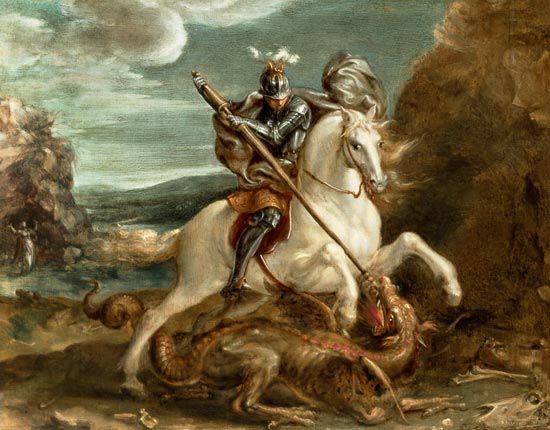
Post submitted by Lorna, Student Experience Ambassador
This festival celebrates Saint George,the patron saint of England and has a wealth of tradition and history behind it. It is also celebrated by various Christian churches and by the several nations, kingdoms, countries and cities of which Saint George is the patron saint, including regions of Spain and Portugal in particular. At the heart of St. George’s Day is the legend of St. George himself, an individual who is believed to have lived during the third century and is a key saint in Christianity. Despite there being other popular legends such as his service as a soldier in the Roman army, protesting the persecution of Christians, the most common legend is of George as an heroic knight, slaying the dragon to save the princess; an image of courage and bravery in the face of adversity.
St. George’s Day is celebrated in various ways to reflect the diversity of traditions, customs and cultures in England. Some examples include parades and festivals that can include marching bands, traditional costumes, and the presence of the St. George’s Cross flag. Another important celebration of St. George’s Day is the church services that happen across England, in these services you can expect to hear prayers, hymns and sermons that reflect George’s legacy of courage and selflessness. However, no celebration would be complete without a drink and a good English dinner; sometimes people opt for traditional English food like roast dinners to cement the national pride.
The overarching theme of this celebration is to embrace the country’s background with
a sense of pride; through the celebrations, the flags, England’s culture and heritage,
many take this day as an opportunity to reflect on this element of their identity.
